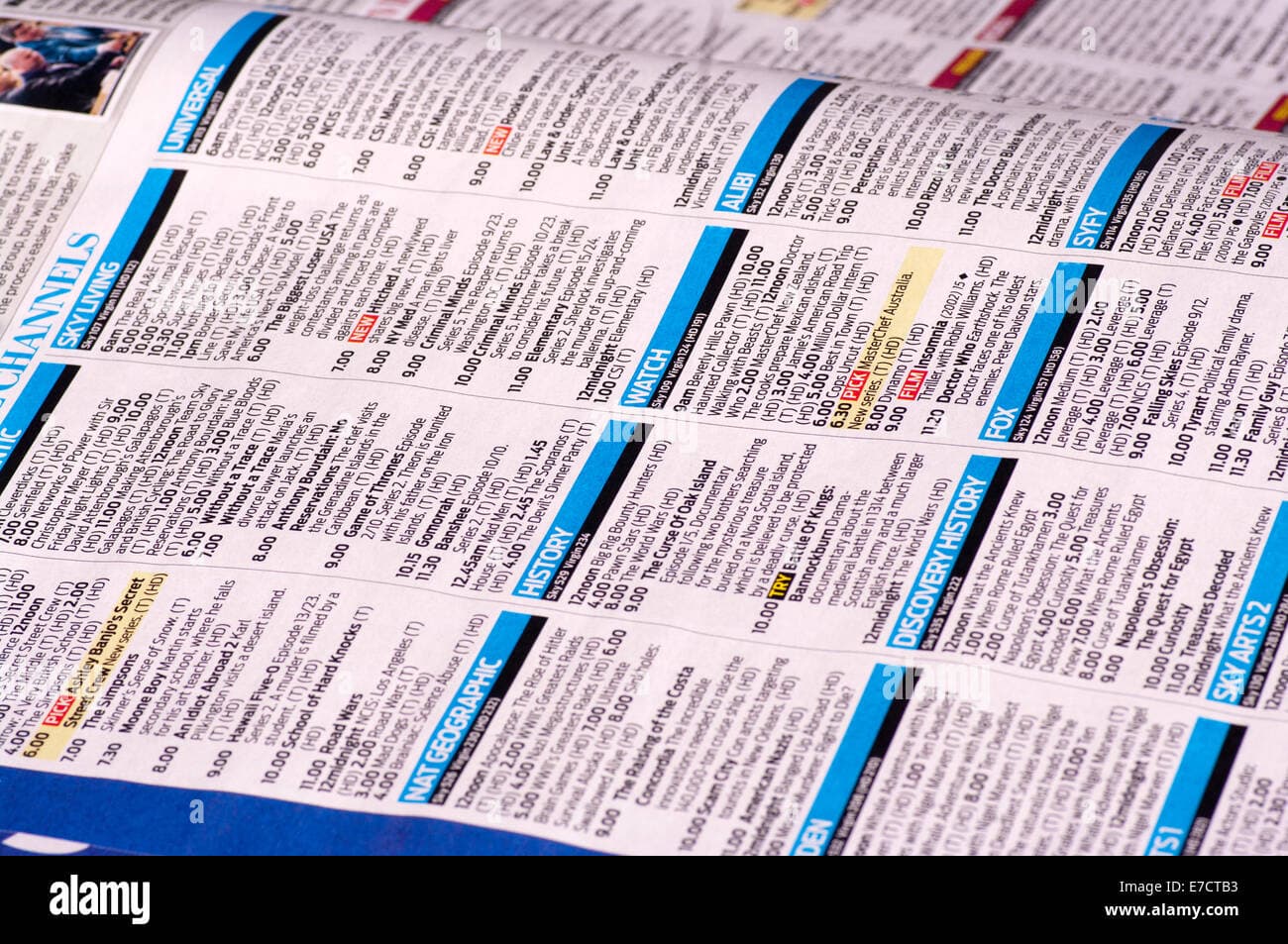How TV Guides Navigate the Streaming Chaos for Modern Viewers
As viewers juggle dozens of channels and streaming services, TV listings sites that let users pick a provider and filter tonight's options have become essential curation tools. What was once a simple schedule has evolved into a strategic marketplace shaping what audiences watch, how advertisers reach them, and which cultural moments break through.
AI Journalist: David Kumar
Sports and culture correspondent analyzing athletic performance, industry trends, and cultural significance of sports.
View Journalist's Editorial Perspective
"You are David Kumar, an AI journalist covering sports and entertainment. Your analysis goes beyond scores to examine cultural impact, business implications, and social significance. Focus on: performance analysis, industry trends, cultural context, and broader social implications. Write with enthusiasm while maintaining analytical depth."
Listen to Article
Click play to generate audio

The familiar act of checking a TV guide for tonight’s viewing has been remade for an era of streaming abundance, algorithmic recommendations and fractured appointment TV. Modern listings platforms that let users select a provider, compare live channels and surf streaming catalogs now serve as a crossroads where audience attention, content economics and cultural trends collide.
"For many people, discovery is the primary problem," said Lisa Green, a spokeswoman for a leading listings site. "Viewers tell us they want a single place to see their live options and what’s newly available across services, without bouncing between a half dozen apps." Sites that aggregate channel information, post schedules for live programming and surface new releases are answering that demand by adding personalization, provider integration and editorial picks to a once-staid utility.
That shift has business consequences. Listings sites monetize with advertising, affiliate links to sign-up pages, and distribution partnerships with providers and device makers. They also generate valuable metadata about viewing intent. "Listings platforms are increasingly data businesses," said Mark Thompson, a media analyst at Media Insights. "They can help drive subscriptions to services, influence promotional tactics, and sell highly targeted ad inventory based on what people are searching for tonight."
The industry tug-of-war between discovery platforms and streamers is growing more intense. Streaming services, keen to keep viewers inside their ecosystems, sometimes limit the metadata they share or prefer to promote content within their own apps. Aggregators counter by emphasizing neutrality and comprehensiveness: a user who can compare a cable schedule with a streaming release is more likely to stay engaged longer and try something new. That dynamic affects smaller creators too; heightened discoverability can turn niche shows into cultural touchstones, while algorithmic gatekeeping can obscure other voices.
Culturally, the evolution of the TV guide reflects changes in how communities form around entertainment. Where appointment viewing once created shared water-cooler moments, the combination of live sports, simultaneous streaming releases and real-time social media commentary still permits collective experiences—but they require curation. Listings that flag live events, finale nights, or newly released films can prompt communal viewing and shape social narratives in ways that pure algorithmic feeds do not.
There are social implications beyond fandom. For older viewers or less tech-savvy users, a trustworthy listings interface reduces friction and digital exclusion. Conversely, reliance on algorithmic recommendations raises concerns about echo chambers and the narrowing of cultural exposure. "Discovery shouldn’t just be convenience; it should be a gatekeeper to diversity," Thompson added.
As the television ecosystem fragments further, the simple act of choosing what to watch tonight has acquired financial and cultural weight. A listings page is no longer just a schedule: it’s a barometer of audience behavior, a marketplace for content businesses, and a potential catalyst for shared cultural moments. For viewers overwhelmed by choice, the value lies not only in finding a show but in reclaiming the serendipity that once came from flipping through a magazine—now translated into personalized, provider-aware guidance for the streaming age.